Top Class Actions’s website and social media posts use affiliate links. If you make a purchase using such links, we may receive a commission, but it will not result in any additional charges to you. Please review our Affiliate Link Disclosure for more information.
A new class action lawsuit says some Tesla batteries are defective and claims the company deceives consumers about their capacity to avoid having to replace them under warranty.
Onboard computer software purportedly measures the car’s battery life constantly and displays the current level in a dashboard indicator, but at least one owner alleges the system is rigged to indicate more power is available than the Tesla batteries actually have. The result is that owners are unaware their batteries might be defective because they are led to believe the units are better performing than they are, the class action lawsuit says.
That means fewer owners are demanding replacement batteries under warranty, which is saving the car company money, according to the plaintiff.
Tesla owner Robert Fish of California says he noticed his car’s battery draining much more quickly after several years in operation and contacted a Tesla service technician for advice. The technician told him to focus on the car’s battery capacity indicator and not the number of miles he was able to travel on a charge.
Fish says the problem persisted and he again contacted a Tesla technician asking for a replacement battery for his 2014 Tesla Model S 85.
The technician “allegedly performed a remote ‘battery health check’ and determined there were no issues,” Fish says. The owner’s request for a replacement battery under warranty was denied.
Fish filed a class action lawsuit against Tesla Inc. in federal court in California on Jan. 12, accusing the company of fraud and violating federal warranty laws. He is seeking the court’s approval to represent a Class of “potentially hundreds of thousands of geographically disperse people,” who have also been denied replacement Tesla batteries under warranty.
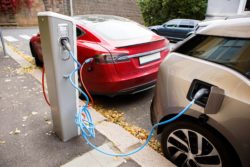
According to Fish, the car company has also manipulated the software to display inflated estimated driving ranges.
Those alleged actions “fooled [owners] into thinking that the losses they were experiencing in battery capacity were due to software updates instead of failing batteries.”
Problems with the allegedly defective Tesla batteries have been reported by owners and operators since at least 2019, the class action lawsuit claims. Many complaints have been posted on popular car websites, including the Tesla Motors Club online forum.
The Fish class action lawsuit cites numerous posted complaints about sudden, significant loss of capacity in Tesla batteries.
“All or substantially all of Tesla’s vehicles sold with Lithium Ion batteries, as well as those sold in the future, are subject to having the same sort of problems with reduced battery capacity as [the plaintiff’s],” the class action lawsuit argues.
Have you noticed a significant decrease in the range of travel your Tesla battery supports? Has the automaker refused to replace your battery under warranty? Tell us about it in the comment section below.
Lead plaintiff Fish and the proposed Class Members are represented by John van Loben Sels, Jennifer J. Shih and Matthew J.C. Lusich of Fish IP Law LLP.
The Tesla Batteries Class Action Lawsuit is Robert Fish, et al. v. Tesla Inc., Case No. 8:21-cv-00060, in the U.S. District Court for the Central District of California.
Read About More Class Action Lawsuits & Class Action Settlements:

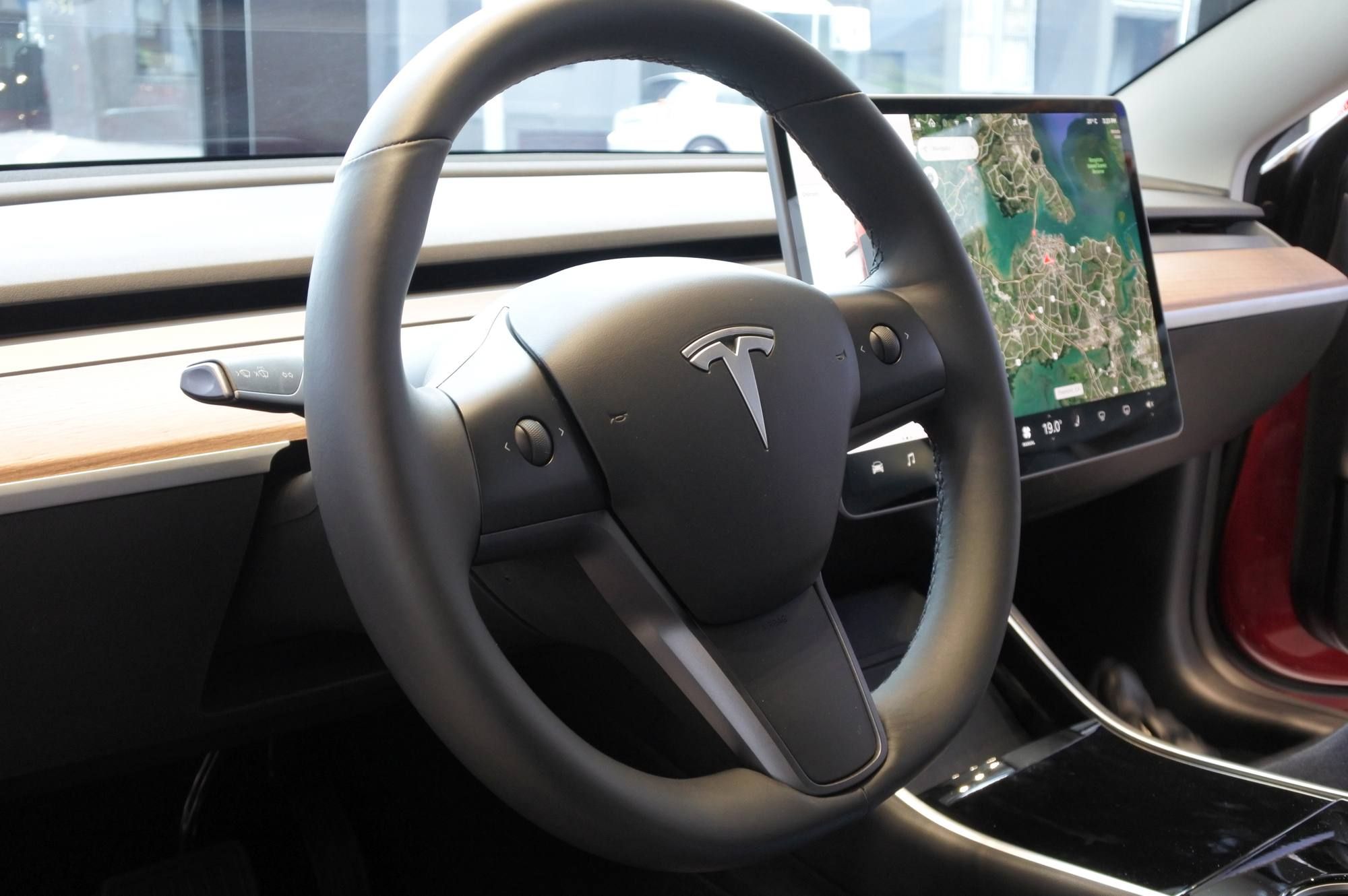


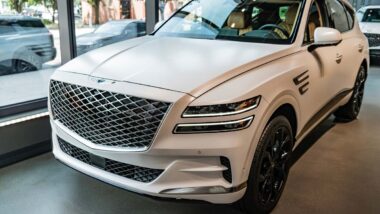


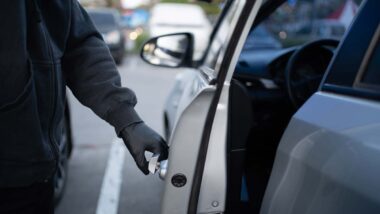
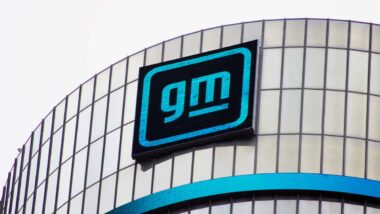
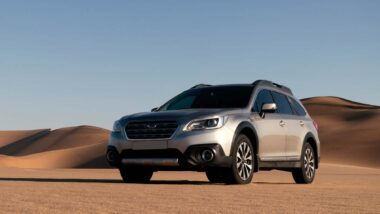
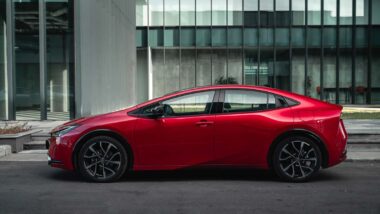
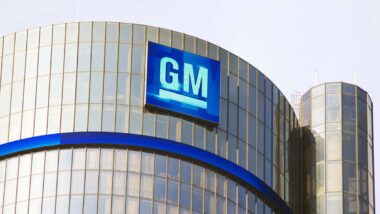
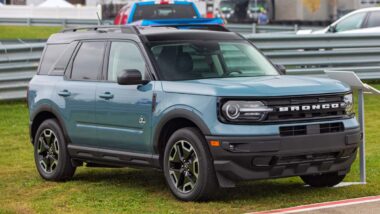

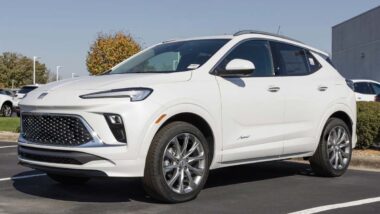
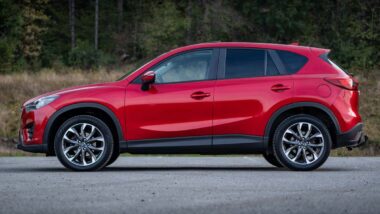
23 thoughts onTesla Batteries Defective, System Overstates Capacity, Class Action Lawsuit Claims
I have Tesla S 85 bought in 2015 and X P90D bought in 2016. Both cars especially X dramatically reduced the battery capacity. I wouldn’t be able to make a trip from Las Vegas to Phoenix. I asked Tesla technicians to look at my battery yet the only answer I got : it is normal and we ran through the system and it shows no problems.
we just bought a model y tesla say’s we would get 240mi driving the speed limit it seems to get 170 we turned in a bolt euv that we had for a year it was right at the 240 so it is this car we are going to contact tesla to see if they will fix but from what ive have heard this is what you get
I have a 2019 Model 3 Standard Range Plus. I bought it used in Nov 2021 with 104k miles on it. It drove very nicely for just over one
year. With 125k miles without warning, the high voltage battery went out due to a cell imbalance. When I researched Tesla , the info I was pulling up said that the batteries should last 300k-500k miles, so I bought the car. Tesla would not cover the battery under warranty. The warranty expired at 120k miles. It cost me $8.5k to get a reconditioned battery from Tesla. After a month with no car, I finally was able to pick it up. The rear seat wasn’t even installed and the styrofoam insulators for the battery connections were on the floorboard. They were easy to install myself but paying that much money and not finishing the job is pretty absurd. Buyer beware about these cars. If you have lots of money to buy highly expensive batteries, go ahead and buy a Tesla.
Disappointed in Texas!!!
Hi there! I had a different battery issue on my 2014 Tesla Model S85. I drove it through a rainstorm on Tuesday morning, September 6th, 2022. No issues driving other than normal poor visibility. The car did not go through any flooded areas, just puddles on the interstate, nothing out of the ordinary. That day, after work, the car would not start and displayed 5 warning messages in the instrument cluster. I had to have the car towed away where eventually I was informed that water had entered the battery through the fuse junction on top of the battery pack. This is deep in the interior of the vehicle, opposite the bottom of the car. The battery needed to be replaced at a cost of $15,000. If you google this, you will find that this appears to be a known issue with the 2013 and 2014 Model S. I suspect that this might be a design defect for which a recall should be required by the DOT. A car should be able to drive through a rainstorm with no issues. Your thoughts?
I’m going through almost the exact situation. 2014 p85d 27 days out of warranty and 87000 miles
Dealing with this again today. My 2019 Model 3 LR cannot make the 110 round trip on a single charge. Again, Tesla tells me this is normal and nothing is wrong with the car. It consumes over 350 watts while driving on average. Many other owners with similar vehicles use far less and in the 200 range. I would be interested in joining the class action suit as well.
I have a slew of problems. I have a 2021 model 3 long range awd which is to have 353 miles of range. On the sticker it says 25kWH per 100 miles. When I scan the QR code on the sticker it takes me to a 2018 model 3 not 2021 tesla model 3. My car after two months of ownership will only charge to 327 miles. My Teslafi says that I only have 72kWH of battery. Other problems that I have are:
1) Obtain battery information. Nominal pack, usable energy, and manufacturer of battery. I will include the current usable energy by a simple app that I have connected to my Tesla. I will include the vehicle sticker and QR that takes me to a 2018* vehicle not my 2021 car. First two months I was able to charge up to 353, now I am only able to charge up to 330. Real world I only get 230 miles of range after addressing most of the variables that may reduce range.
2) Driver side window noises. Water seeps in when washing car with a pressure hose. Vibration/wind noise heard when driving and playing music. Rear windows do not display this problem.
3) Unusual driver side speaker noise when playing certain songs. Rattling from inside the drivers door, B pillar and window.
4) front dashboard clicking noise/rattling is back. Happens in cooler temperatures and when playing music. I want a definitive fix and not NVH material placement.
5) right passenger side/door/dashboard and B pillar rattling and clicking noises. While driving and while playing music. Extreme unusual vibration sound/rattling from the passenger side dashboard when driving on cobble stone or slightly bumpy road. The loaner vehicles that were given to me do not display this problem. Nor do the vehicles I test drove at the Tesla dealership. I want a definitive fix not just NVH material placement.
6) right passenger side camera intermittent failure unable to use autopilot. Happened previously many times and also today 3/22/22. Should be in the car log.
7) backseat rattle while driving on any road condition. I sent a YouTube video for the definitive fix.
8) new squeeking sound after last attempt to fix car. I believe it’s the rear and front suspension or maybe from inside the vehicle.
9) I would like all rattles/noises/vibrations to be fixed. Sound generating app helps pin point most of the rattling and vibrations”
This was asked by Tesla service manager whom has not replied back.
My December 2014 Model S P85 when new was rated for 265 miles on a full charge in optimal conditions. The battery is still under warranty until the end of 2022. I can only travel about 120 miles on a full charge now, even though the software says 231. Battery capacity is closer to 50 kW now instead of 85. Supercharging speeds have been greatly reduced as well. Tesla says there’s nothing wrong and refuses to address the issue.
90kwh battery on MX 2016. Only uses 40kwh (from 100% charge to +/- 0 miles; translating to less than 100 miles on a full charge. I’ve complained about this three times; told the battery is performing above average after “diagnostics”
I have a 2018 model S and since the very beginning noticed the mileage range given by car was false and at the best I’d get only 65-70%. They lie about the range of these cars and their claim are all lies. They tell you the range they claim is calculated for “optimum” conditions! My battery recently degraded to even less, it dropped 30 km for a full charge now and when I asked for warranty coverage, they gave me the same answer that they remote checked it and it’s fine. They said I should not look at the mileage range but look at the percentage??!! Like what’s that going to change??!! I’d love to join your lawsuit. I’m done with Tesla and I tell everyone to stay away from this car and don’t get fooled by their sales people. Worst car I have ever had…
I bought a long range Model 3 eight months ago rated for 352 miles. Range has now dropped to 322 but the estimated range is only around 280 now. Absolute scam. Tesla won’t deal with it, says it’s normal.